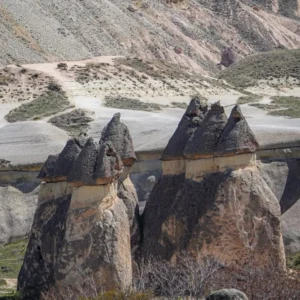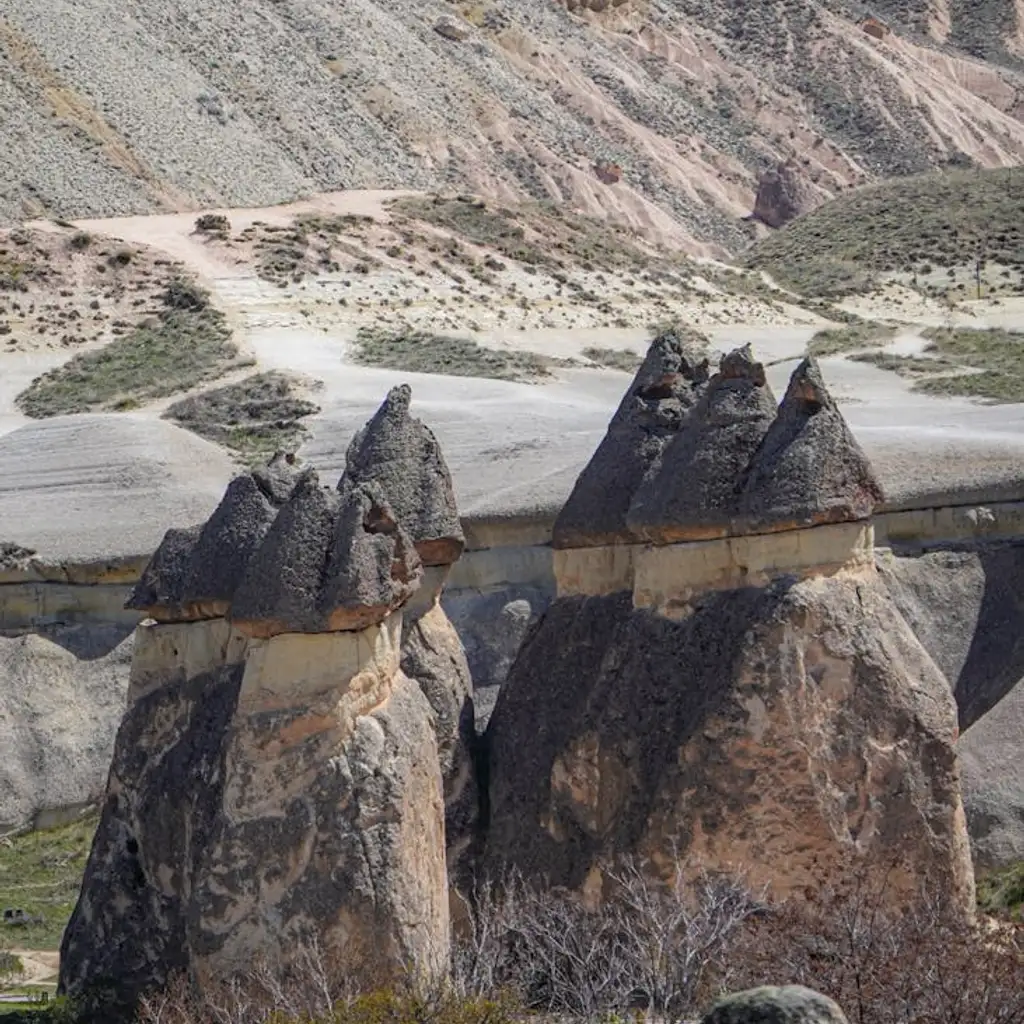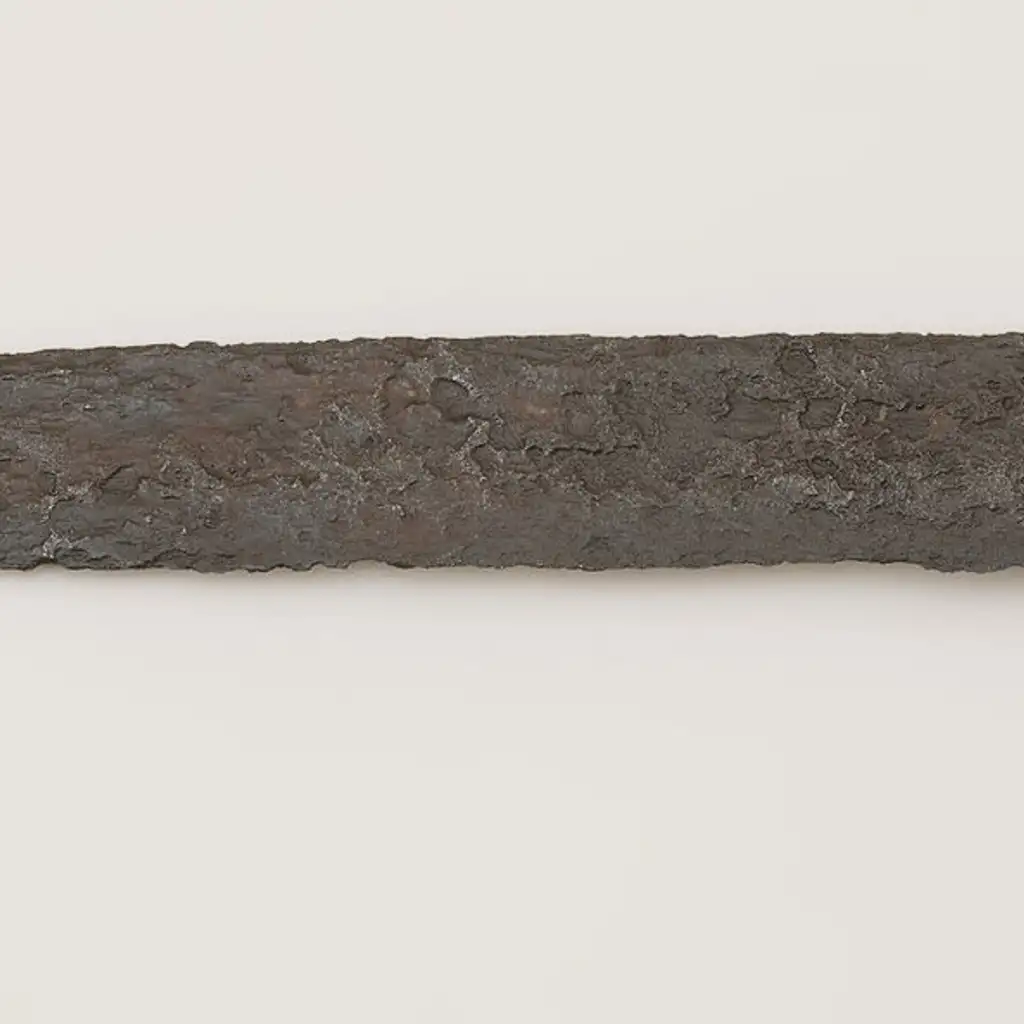The discovery of a rock collected during the Apollo 17 mission in 1972 has led scientists to conclude that the moon is approximately 40 million years older than previously estimated. This revelation places the moon’s formation at over 4.46 billion years ago, closely following the birth of the solar system itself. The rock sample, gathered by astronauts Harrison Schmitt and Eugene Cernan, has been under study for decades, but recent analyses have provided new insights into the moon’s ancient origins.
Contained within the rock were crystals of zircon, a mineral known for its durability and resistance to weathering. These crystals have allowed researchers to refine their understanding of when the moon came into existence. The prevalent theory suggests that the moon was formed from the debris of a colossal collision between the early Earth and a Mars-sized body named Theia. This event is believed to have created a ring of molten rock around Earth, which eventually coalesced to form the moon.
Using advanced techniques such as atom probe tomography, scientists have been able to date the zircon crystals within the rock, confirming the moon’s age with greater precision than ever before. This method provided a way to circumvent potential inaccuracies that could arise from the presence of lead atom defects within the crystal structure, ensuring the reliability of the dating process.
The implications of this discovery extend beyond the mere dating of the moon. Understanding the moon’s formation provides insights into the early solar system’s dynamics and the conditions that led to the development of habitable planets like Earth. The moon’s influence on Earth, from stabilizing its rotational axis to affecting the tides, underscores the interconnectedness of celestial bodies within our solar system.
This research not only sheds light on the moon’s past but also highlights the enduring value of the Apollo missions and the samples they returned. As scientists continue to apply new technologies and methodologies to these decades-old samples, our understanding of the moon, Earth, and the broader solar system will continue to evolve.








